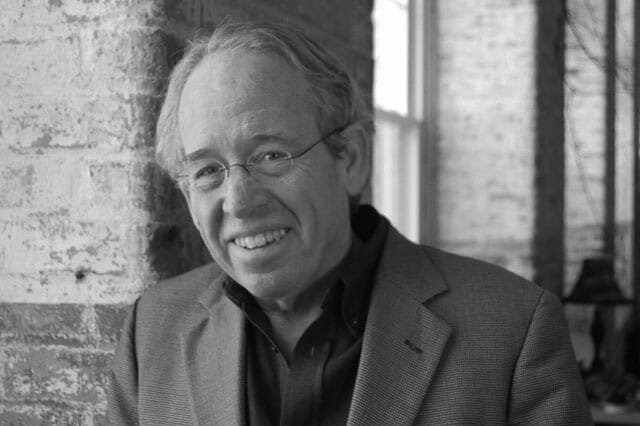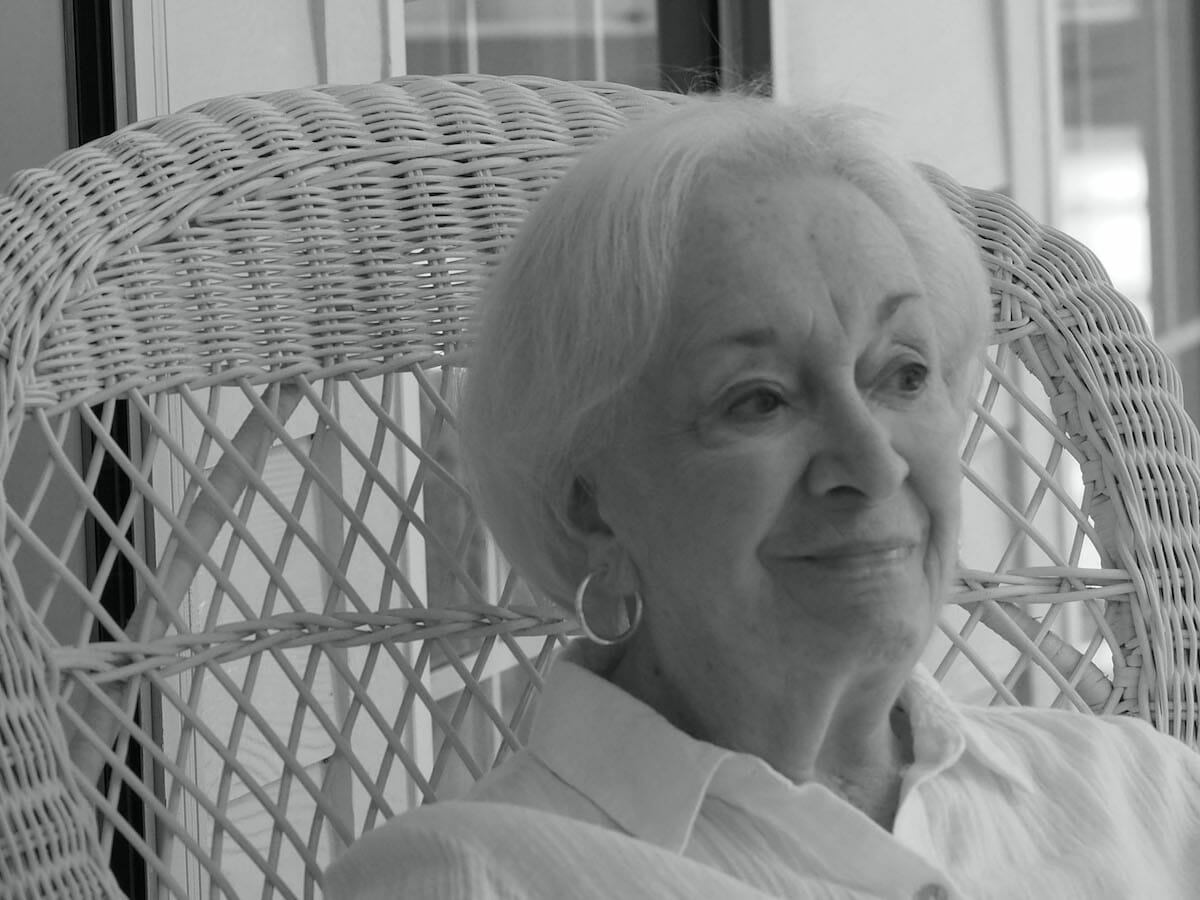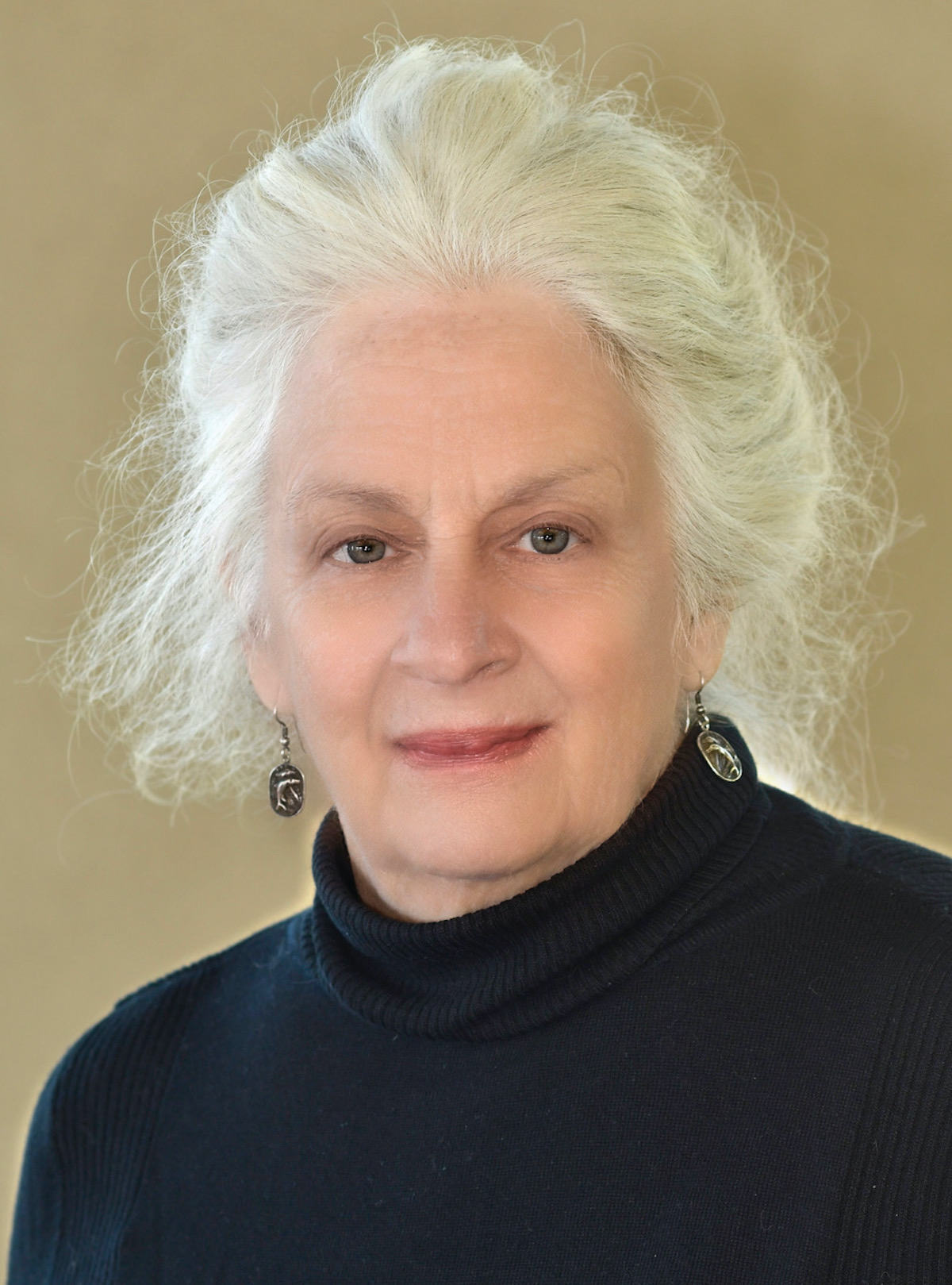By Scott Graber
It is Monday, early, and I have my coffee — Eight O’Clock. I also have an old New Yorker Magazine that features a long article by David Immerwahr called “Doctor’s Orders.”
“Doctor’s Orders” is about contrarians — Robert Kennedy Jr. in particular — but Immerwahr’s piece might have been titled, “What Happened to the American Psyche After We Beat Covid-19?”
In this piece, two political scientists at Princeton University — Stephen Macedo and Frances Lee — offer their opinions about the widespread resentment and, specifically, the perception that the lockdowns and school closures were unnecessary. They say, “Trump was the clear winner. Inflation, fury at elites and disdain for experts propelled his re-election. ‘I am your retribution,’ he promised.”
In this regard it is important to remember that our species, Homo Sapiens, has gone down the contagion path before — and one must remember Europe and what happened after Bubonic Plague consumed one-third of its population.
Bubonic Plague first appeared in 1346 as the Mongol army was besieging the town of Caffa in the Crimea. After that the disease quickly spread into the Mediterranean Basin and then into Western Europe.
The bacillus was harbored by rats who knew how to burrow under the frozen steppe that was part and parcel of a Mongolian winter. Fleas, attached to these burrowing rats, provided what epidemiologists call a “vector” to the raiding, rape-focused horsemen who rode into Ukraine from the East.
Some cities like Milan escaped the plague entirely, Others, like Venice, lost their entire population to the disease. Before antibiotics arrived on the scene in 1943, the average death rate was 60 to 70% of those infected. In all about 1/3 of the European population simply vanished.
The idea of a quarantine probably originated in the Bible. And a few fortunate folks scrambled out of Venice and into the Apennines where they survived Pasteurella pestis.
The outbreak of Plague brought the fear of imminent death — and that fear broke down laws, destroyed order, and removed social restraints. Plagues and rumors of plagues did their work in Italy, Flanders and Scandinavia fueling long standing grievances of the poor (against the rich) that led to riots.
Jews were often blamed for the disease and a sizable cohort headed eastward, into Poland, that country somehow escaping the first round of Black Death.
The Catholic Church, because of its sacred rituals, was slow to react and largely unable to answer the question of why some were killed, others spared, notwithstanding incense, sacraments and non-stop prayer. These rituals were no match for the vagaries of infection and sudden death. (see “Plagues and Peoples,” William McNeill, pages 184-185).
In the case of Covid there were no riots, or plunder that I remember, even though 1,197,470 people perished. We wore our masks; endured months of sedentary isolation; and waited for our white-robed scientists to come up with a vaccine.
But then we began to complain.
Was the Chinese lab in Wuhan the culprit? Then critics moved to the lockdowns. Were they really necessary? Didn’t the Swedes avoid the closures and lockdowns?
The so-called “Blue States” (New York and California) endured and embraced the isolation. Florida and its red state citizenry did not. In the New Yorker piece, Princeton’s Macedo and Lee say there was the perception that working class people, and their children, took a serious blow while the rich had a “pajama party.”
When Trump was considering his third run for the Oval Office, he took note of these skeptics, especially those who believed in Chinese malfeasance and those who said the lockdowns were too long and too severe.
Robert Kennedy Jr.’s embrace of unpopular theories had found a home with millions of Americans and Trump decided that he wanted this angry, motivated demographic in his column.
“Kennedy has faithfully carried out Trump’s war on science, firing thousands of HHS officials and terminating studies, including (those) into antiviral drugs for future pandemics.”
But nobody argues about the effectiveness of the Moderna or the Pfizer vaccine. There is no question that these vaccines were created, tested and distributed in record time. Furthermore, the concept of triggering a cell into making a specific protein, involving two mutations, was revolutionary research.
For most of our uneven and unrecorded history we have been looking through a glass darkly, now we can reach into a cell and change it.
Call them “elites” if you must, but this was groundbreaking research undertaken by thousands of very smart people in labs throughout the United States.
Scott Graber is a lawyer, novelist, veteran columnist and longtime resident of Port Royal. He can be reached at cscottgraber@gmail.com.






